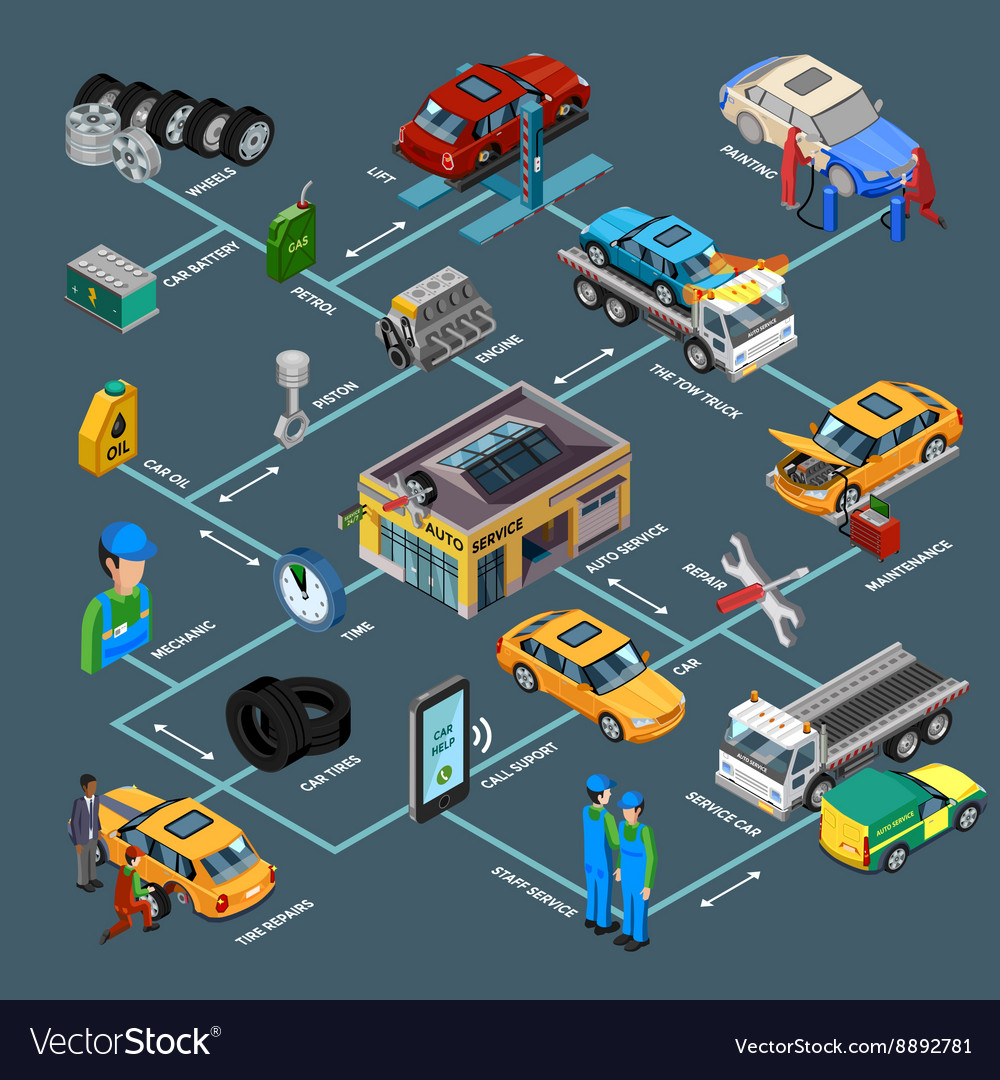Wondering Concerning The Definition Behind Those Control Panel Caution Lights? Gain Understandings Into Their Ramifications For Your Automobile'S Safety And Security And Upkeep
Wondering Concerning The Definition Behind Those Control Panel Caution Lights? Gain Understandings Into Their Ramifications For Your Automobile'S Safety And Security And Upkeep
Blog Article
Short Article By-Hartley Kejser
When you're behind the wheel, those glowing warning lights on your dashboard can be a little bit complicated. Do you know what they're trying to inform you regarding your car's health? Recognizing the value of these lights is essential for your safety and the long life of your vehicle. So, the next time among those lights turns up, wouldn't you intend to decode its message accurately and take the necessary steps to address it?
Common Caution Lighting and Interpretations
Identify usual caution lights in your car and understand their meanings to make certain secure driving.
The most normal warning lights consist of the check engine light, which indicates concerns with the engine or emissions system. If https://www.justice.gov/usao-ma/pr/former-boston-police-auto-repair-technician-agrees-plead-guilty-wire-fraud-charges begins, it's crucial to have your automobile examined without delay.
The oil pressure cautioning light shows low oil pressure, calling for prompt attention to prevent engine damage.
A flashing battery light could suggest a malfunctioning charging system, potentially leaving you stranded if not addressed.
The tire stress surveillance system (TPMS) light notifies you to reduced tire pressure, affecting automobile security and gas efficiency. Overlooking this can lead to unsafe driving problems.
The abdominal muscle light suggests a trouble with the anti-lock stopping system, compromising your capacity to stop promptly in emergency situations.
Finally, the coolant temperature level cautioning light warns of engine overheating, which can cause serious damage otherwise resolved swiftly.
Understanding https://juliusjfzto.theobloggers.com/36069744/the-progression-of-auto-describing-strategies-throughout-the-last-10-years will assist you attend to concerns quickly and maintain safe driving conditions.
Significance of Prompt Focus
Understanding the usual caution lights in your car is just the very first step; the significance of promptly attending to these warnings can not be highlighted enough to ensure your safety and security when driving.
When a warning light brightens on your dashboard, it's your auto's means of connecting a possible concern that needs focus. Disregarding these warnings can lead to much more extreme issues later on, compromising your safety and potentially costing you more out of commission.
Trigger attention to advising lights can stop breakdowns and mishaps. For instance, a blinking check engine light might suggest a misfire that, if left unattended, can create damages to the catalytic converter. Addressing this promptly can conserve you from a pricey fixing.
Likewise, a brake system advising light may signify reduced brake liquid or used brake pads, important components for your safety when driving.
Do It Yourself Troubleshooting Tips
If you discover a warning light on your control panel, there are a few do it yourself repairing suggestions you can try before seeking professional aid.
The first step is to consult your vehicle's guidebook to recognize what the specific warning light indicates. Often the concern can be as straightforward as a loose gas cap setting off the check engine light. Tightening the gas cap may resolve the trouble.
Another usual issue is a reduced battery, which can trigger different cautioning lights. Examining the battery links for rust and ensuring they're safe may deal with the problem.
If a caution light lingers, you can attempt resetting it by separating the vehicle's battery for a few mins and afterwards reconnecting it. In addition, examining your vehicle's fluid degrees, such as oil, coolant, and brake fluid, can help repair alerting lights connected to these systems.
Verdict
To conclude, understanding your automobile's caution lights is necessary for keeping your car running smoothly and securely. By immediately attending to these alerts and understanding what they mean, you can prevent costly repair services and potential failures.
Remember to consult your auto's guidebook for specific details on each alerting light and take action appropriately to make certain a trouble-free driving experience.
Remain informed, remain secure when driving!
